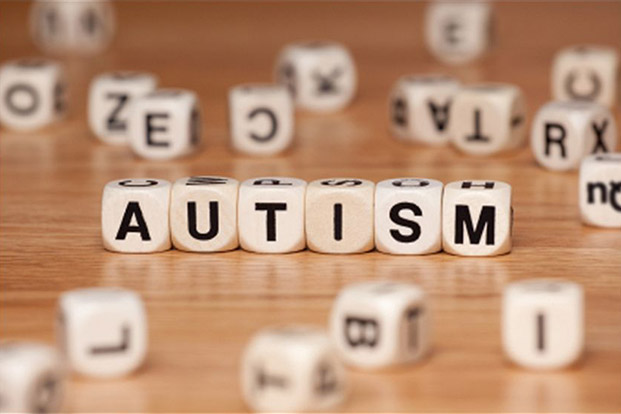Autism: Medical Treatment & Management
Apr 19, 2022
Autism is characterized by deficits in social interaction, communication and unusual repetitive behavior. Cognitive abilities in Autism vary between those with average or above average intelligence to borderline or mid mental retardation to a range of moderate to severe mental retardation.
Autism affects boys four times more than girls. The child may be affected right from the beginning or way develop normally initially up to 2-3 years and then show regression in language , avoid physical contact and have repetitive behaviors.
In general there is much variation that is named as Autistic Spectrum disorder classified into five different types- namely:
- Pervasive developmental disorder- not otherwise specified.
- Kanner’s syndrome- relatively common.
- Rett syndrome- in female children- significant mental retardation and muscle atrophy.
- Childhood Disintegrative Disorder- after initial normal development up to 2-4 years ahs regression in motor and language skills.
- Asperger’s syndrome- this is the milder form of Autism. May excel in other activities.
Autism knows no racial ethnic or social boundaries. Children with Autism are found in happy well adjusted families, just as much as in families with unresolved emotional conflicts. Prevalence rate of Autism is approximate 1 in 500 children or more than 2,160,000 people in India ( Center for Disease Control). Incidence rate: 1 in 90,666 or 11914 people with Autism in India
Diagnosis of Autism:
Diagnosis of Autism is clinical relating to the child’s development in the areas most impacted by the disorder: Communication, Socialization, hypersensitivity to light, sound and touch and restrictive and repetitive behaviors.
There is no single cause of Autism.
There are no absolute or characteristic to diagnose Autism. Parents should rely on the judgement of Pediatrician and psychologist for the correct diagnosis.
Some characteristic features are:
- Prefers to stay alone, no interest in surroundings.
- Does not respond to names, may appear deaf at times.
- Does not response in response
- Avoids eye contact or look in the other direction.
- Doesn’t wished to be picked up/ hugged even when hurt.
- Doesn’t play with other children.
- There is delay or lack or loss of language development. May echo words or phrases
- Displays repetitive actions or questions
- May repetitively line up objects, spin objects, and flap the paper etc.
- May show resistance to change in activities or sorroundings.
- May develop good memory nursery rhymes, irrelevant facts.
- May appear to live in the world of their own.

In the earlier times, because of lack awareness, in general it was difficult to diagnose Autism in the toddlers. But with the pressure of early schooling (1980’s) and increased awareness, there is early identification of Autism. The teachers repent that the child does not enjoy group activities , is a loner with poor language and communication skills.
For Autism there is Hope:
There is no cure for Autism, but where there is no cure there are hundreds of treatments. Early intervention in the form of treatment can lesser the disrupting behavior and provide some degree of independence. Treatment is individualized with reference to development of social skills, communication and behavior modification. This can be achieved with the help of occupational therapy, speech therapy, behavioral therapy for channelizing disruptive behavior and encouraging social and interpersonal communication.
The parents of autistic children undergo considerable stress not only for the diagnosis , development and education of their child . Also the socially challenging disruptive behavior of their child leads to loss of friendship, loss of career/ career changes and social isolation. The fall out may be complaints from the neighbors, disintegrative marriages or change in family dynamics. There may be no takers for such a child in school. Thus the child may be in and out of the school.
Outcome:
About 10-20% of autistic children improves with intervention between 4-6n years of age and attain normal school and obtain work.
Around 10-20% attends special school/ training centers but cannot work. While 60% improve a little but are unable to lead an independent life and continue to have language problems, emotional coldness and abnormal behavior.
There is a great death of educational opportunities that limits independent existence of Autistic children. Further training in work skills for young, adults with autistic needs to focus on their strength. These thrive better in a structured environment involving a degree of repetition. May excel in tasks involving numbers, data input etc. Thus vocational training must teach skills to get a job and also to keep a job.









